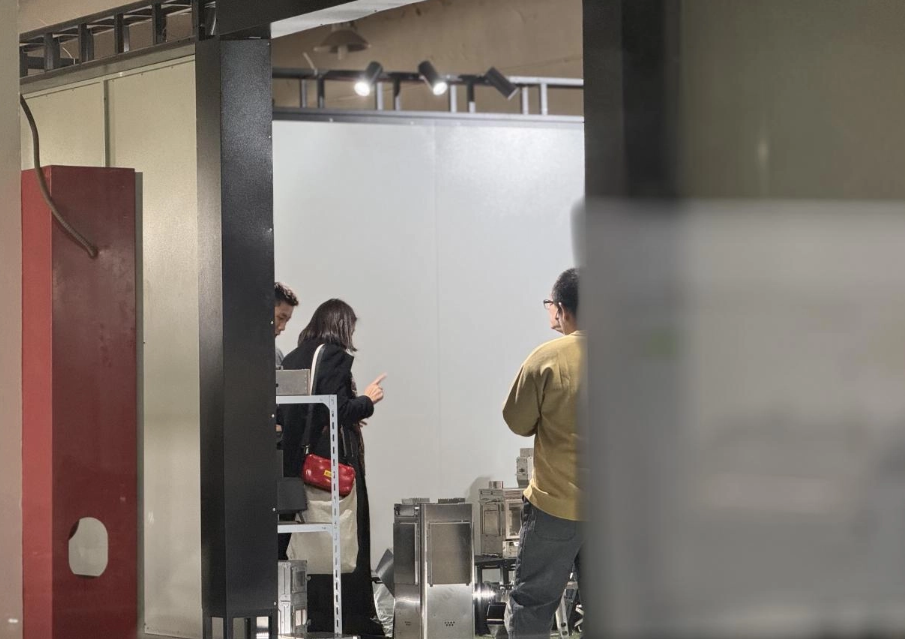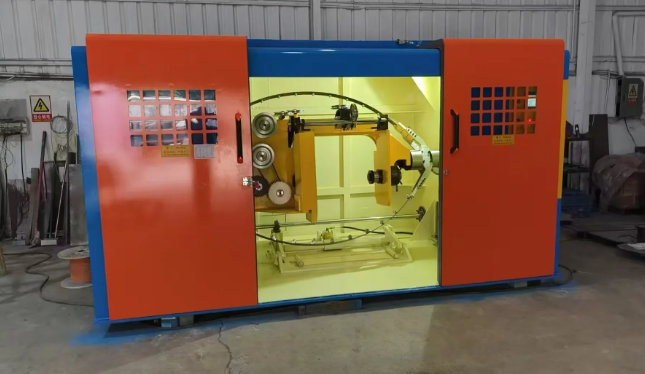As winter approaches, maintaining the integrity and functionality of concrete slabs becomes a pressing concern for homeowners and builders alike. Cold temperatures can lead to a host of issues, including cracking, spalling, and reduced strength. Therefore, understanding how to keep concrete slabs warm during the winter months is essential for ensuring their longevity and performance. This article delves into advanced techniques and strategies that can be employed to maintain optimal temperatures for concrete slabs in winter.
Understanding the Importance of Temperature Control
Concrete is a composite material that undergoes a chemical reaction known as hydration during the curing process. This reaction is highly temperature-dependent; when temperatures drop, the hydration process slows down significantly, which can lead to incomplete curing and compromised structural integrity. Ideally, concrete should be cured at temperatures above 50°F (10°C) to achieve optimal strength and durability. Thus, keeping concrete slabs warm during winter is not merely a matter of comfort but a critical aspect of construction quality.
Pre-Construction Considerations
- Site Selection and Preparation: Before pouring concrete, consider the site’s exposure to wind and sun. Areas shielded from harsh winds and those that receive ample sunlight can help maintain warmer temperatures naturally. Additionally, proper grading can prevent water accumulation, which can freeze and expand, leading to cracks.
- Choosing the Right Mix: Utilizing a concrete mix designed for cold weather can significantly enhance performance. Consider using accelerators that speed up the hydration process, or opt for a mix with a lower water-to-cement ratio to reduce the risk of freezing.
Effective Heating Techniques
- Insulation Blankets: One of the simplest and most effective methods to keep concrete warm is to cover the slab with insulated blankets immediately after pouring. These blankets trap heat generated during the curing process and protect the surface from cold air. Ensure that the blankets are thick enough to provide adequate insulation and cover the entire slab.
- Heated Enclosures: For larger projects or extremely cold conditions, constructing a heated enclosure around the slab can be beneficial. This can be done using temporary structures made from wood or metal frames covered with plastic sheeting. Portable heaters can then be used to maintain a consistent temperature within the enclosure.
- Electric Heating Cables: Installing electric heating cables within the concrete slab can provide a continuous source of warmth. These cables can be activated before and after the pour to maintain an optimal curing temperature. While this method requires an initial investment, it can be particularly effective for high-value projects.
Monitoring and Maintenance
- Temperature Monitoring: Utilize temperature sensors to monitor the concrete’s temperature during the curing process. This data can help you make informed decisions about additional heating or insulation needs. Aim to keep the concrete temperature above 50°F (10°C) for at least the first 48 hours after pouring.
- Moisture Control: Maintaining proper moisture levels is crucial for effective curing. While it’s essential to keep the concrete warm, it’s equally important to prevent it from drying out too quickly. Use curing compounds or wet burlap to retain moisture while ensuring that the surface remains insulated.
Post-Curing Considerations
- Gradual Temperature Reduction: After the initial curing period, gradually reduce the temperature around the slab to prevent thermal shock. Sudden changes in temperature can lead to cracking. This can be achieved by slowly removing insulation or reducing heating levels.
- Surface Treatments: Once the concrete has cured, consider applying surface treatments that enhance its resistance to freeze-thaw cycles. Sealers can help protect the surface from moisture infiltration, which can freeze and expand, causing damage.
Conclusion
Keeping concrete slabs warm during winter is a multifaceted challenge that requires careful planning and execution. By understanding the principles of concrete curing and employing effective heating techniques, you can ensure that your concrete slabs remain strong and durable, even in the harshest winter conditions. Whether through insulation blankets, heated enclosures, or advanced monitoring techniques, the key is to maintain optimal conditions that support the hydration process. By investing time and resources into these strategies, you can protect your concrete investments and ensure their longevity for years to come.


More Stories
Why Ground Strengthening Is Critical for Residential and Commercial Buildings
玻璃防曬隔熱紙在香港家居與建築中的多重價值——以 XPEL VISION隔熱膜為例
Advanced Mortar Intelligent Packaging Line for Dry Mix Mortar, Ready-Mixed Mortar, Putty Powder & Gypsum